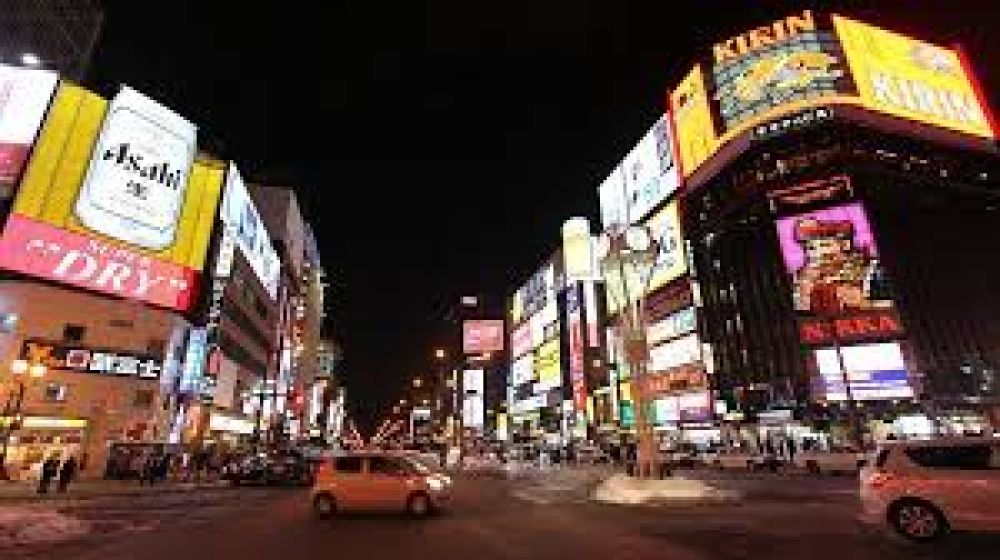

The history of tourism in the Susukina District of Sapporo traces back to the late 19th century, coinciding with the development of Sapporo as a city. Originating as a simple street with a few restaurants, the area began to grow rapidly with the expansion of the city itself. Susukino evolved into Sapporo's premier entertainment district, emerging as a hub for dining, shopping, and nightlife.
The foundations of tourism in Susukino were laid during the early 20th century, when the district became known for its vibrant array of eateries and theaters. It was not until after World War II, however, that the area began to transform into the bustling nightlife center it is known for today.
In the post-war economic boom, Susukino witnessed significant modernization and growth. With the influx of new businesses, including bars, nightclubs, and entertainment venues, the district rapidly became a magnet for both domestic and international tourists. The Sapporo Snow Festival, commencing in 1950, played a major role in putting Susukino on the map as it showcased stunning ice sculptures and attracted visitors from around the globe.
In recent decades, Susukino has continued to thrive as one of Japan's most dynamic entertainment districts. The introduction of landmarks such as the Susukino Ramen Yokocho, a narrow lane lined with popular ramen shops, has further solidified the district's reputation as a gastronomic haven.
Today, Susukino is a prime example of the evolution of urban tourism in Japan. It seamlessly blends traditional elements with modern attractions, catering to a wide array of tastes and interests. Tourists flock to the area not just for its nightlife but also for its cultural significance, as it represents the ongoing transformation of Japanese urban landscapes.
One of the latest trends in Susukino tourism is the rise of experience-based activities. Visitors are increasingly seeking out authentic experiences that offer a deeper understanding of local culture. This includes tasting local cuisine at izakayas, participating in seasonal festivals, and engaging in unique activities like ice bar hopping during the winter season.
Additionally, with the global trend towards sustainable and responsible tourism, there has been a push for eco-friendly practices within the district. This includes promoting local businesses and encouraging cultural exchange between visitors and residents to foster a more sustainable tourism ecosystem.
To conclude, Susukino has evolved from a modest street of restaurants to become a cornerstone of Sapporo's cultural and tourist landscape. Its rich history and adaptability to changing trends make it a vibrant destination that continues to attract travelers from around the world.